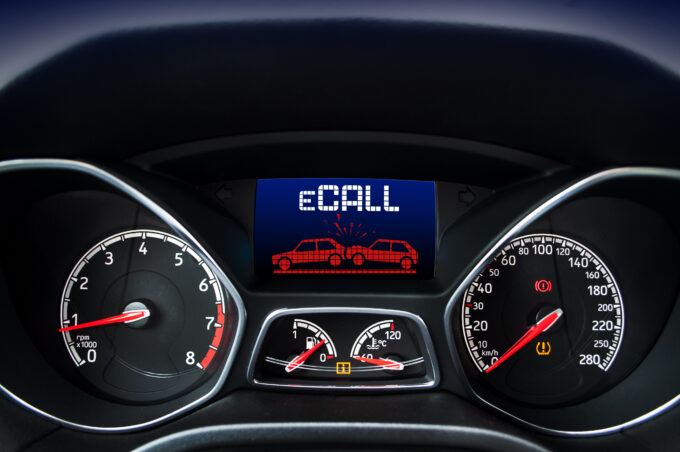New road safety barometer
According to the new safety barometer of the Swiss Council for Accident Prevention, the level of road safety in Switzerland is high. But there are also problem children visible.

Based on accident figures and their development over the last few years and bfu-supported expert judgements, the bfu-Safety Barometer (Sibaro), which reflects the level of road safety in Switzerland. The bfu Sibaro shows that road safety in Switzerland is high. This is also true in international comparison. With 31 fatalities per million inhabitants, Switzerland occupies a top position worldwide. However, the bfu-Sibaro looks beyond fatality figures and paints an overall picture of road safety.
For example, car drivers and, to a slightly lesser extent, motorcyclists benefited particularly from the improvements in road traffic. For both groups, the number of accidents has decreased in recent years. In addition to the positive aspects, however, the bfu Sibaro shows more precisely where challenges exist in road traffic in Switzerland and where there is a need for action:
- Accident history: Switzerland's roads are among the safest in the world, but not all road users benefit equally. For example, there has been little progress in slow-moving traffic, more and more elderly people are becoming victims of traffic accidents, and accidents involving e-bikes are on the rise. The main causes of serious road accidents are firstly inattention and distraction as well as failure to give way, secondly speed and thirdly alcohol. Furthermore, the danger to others due to collisions is still the biggest problem in road traffic and accidents end fatally more often on roads outside built-up areas.
- Safety Indicators: Although road safety measures are accepted by the general public and road users behave in a relatively compliant manner, approval for individual measures - such as speed limits outside built-up areas and on freeways - is declining. Surveys and studies also show that only two out of ten car drivers never drive faster than the speed limit and that every second cyclist rides without a helmet.
- Prevention work: Legislation in Switzerland is good, but there is potential in enforcement. Technology can also support people even more. Vehicles must be made more human-friendly and roads must be designed to be self-explanatory and forgiving. The use of driver assistance systems in particular holds great potential.
- Policy: In contrast to previous years, Switzerland has no quantitative targets for the reduction of fatalities and serious injuries in road traffic. Policy awareness of road safety seems to be somewhat diminished.
Source: bfu









